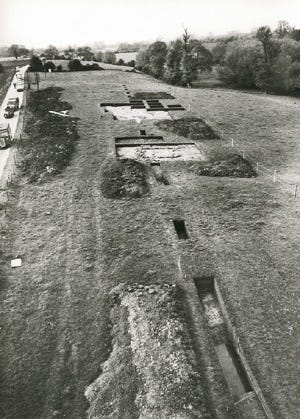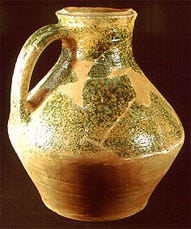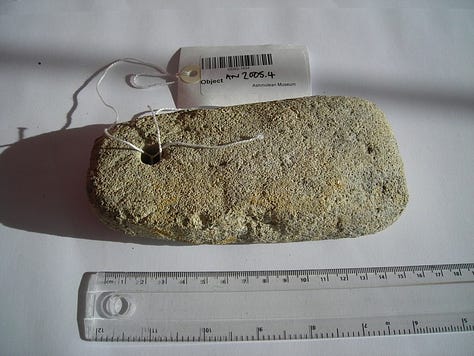Secrets of Oxford's Black Death village
Once a thriving settlement, Seacourt had been all but abandoned by the 1400s
Lost to time and Tarmac on the edge of Oxford are the remains of an abandoned medieval village that went from riches to ruin.
No-one really knows for sure what happened to Seacourt, named after the ‘seaves’ or rushes that grew alongside the stream nearby.
Once a prosperous settlement on the old main road from Eynsham to Oxford, there were several homes, a manor house, a parish church, mills and alehouses.
But it’s perhaps no coincidence that within 100 years of the Black Death, this once thriving village had been abandoned.
By 1439 the church had collapsed and all but two of the houses were in ruins.
In the 1600s, the remains were still visible, but nothing survives today, apart from a large collection of artefacts found in the 1950s ahead of the construction of the A34 Western Bypass, which ploughed through the heart of the site.

These items, including pottery and farming tools, are now stored at the Ashmolean Museum in Oxford.
Seacourt was first recorded in the 950s and, by the time of the Domesday Book in 1066, it had become home to 12 villagers and 15 smallholders.
These first houses were timber-framed, but in the 13th century a new north–south street was built and lined on both sides with houses made from stone.
A typical home comprised a single room measuring 25ft by 14ft, with a thatched roof and a hearth.



A much larger 14th century building with an upper floor was probably an alehouse, popular with pilgrims heading to and from the sacred waters of St Margaret’s Well in nearby Binsey.
There was also evidence of cowsheds and iron smelting.
Like many other medieval villages, the Black Death - a disease that caused the deaths of millions of people across Europe in the 1350s - almost certainly played a big part in its demise, combined with the social, political and economic upheaval that followed.

The plague wiped out entire populations, leading to many villages and hamlets being deserted and never inhabited again.
As a result, fields went unploughed, crops failed, livestock died and land rents fell.
Gone but not forgotten, Seacourt is a name many people today will be familiar with thanks to Seacourt Park & Ride, the Seacourt Bridge pub and Seacourt Retail Park.




